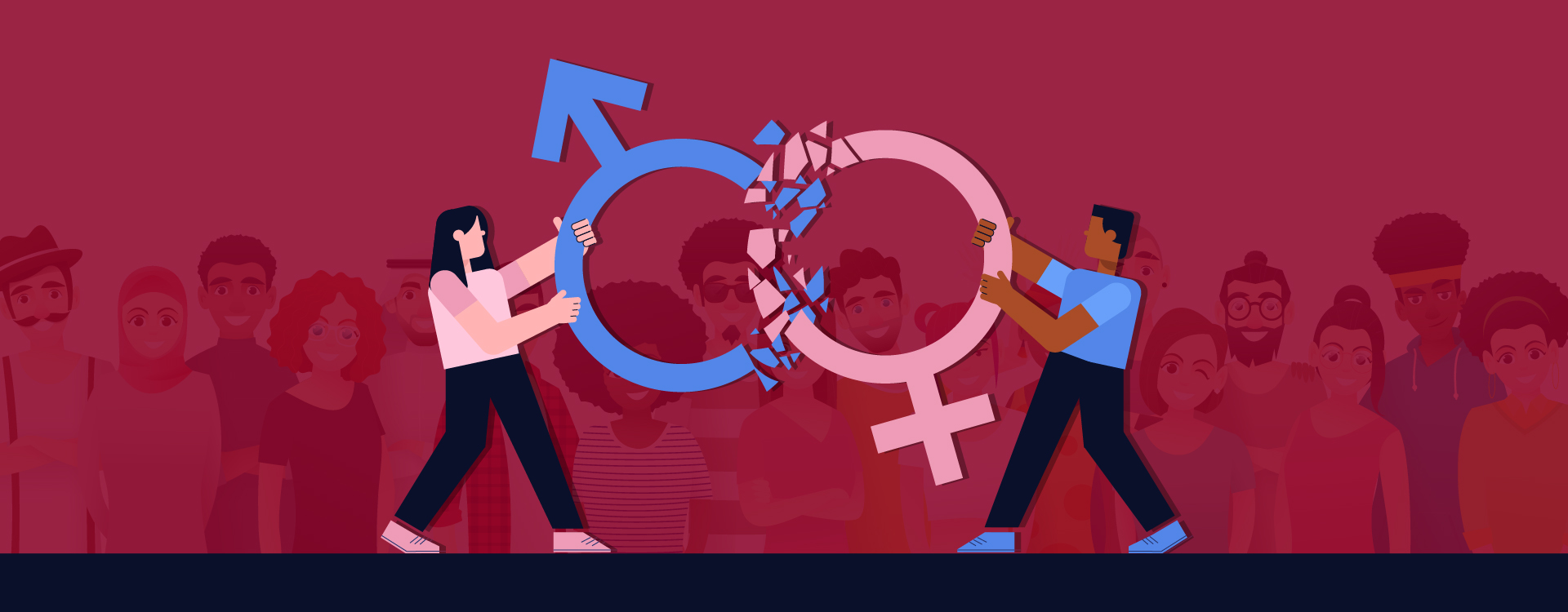Indian corporate ecosystem needs diversity in a multitude of experiences, skills, nationality, but above all, it requires gender-specific diversity. Diversity in all its aspects should be a fundamental goal for an organisation to work effectively. It helps expand the approach to decision making, avoids biased policies, and helps companies better understand and connect with their stakeholders. The equality of the sexes and a workplace’s different design with equal representation of women is one of the “essential” elements of almost all business strategies today. And it is good that the corporate sector has a clear intention of working to create a business world with gender equality.
The proportion of women in entry level posts is at par.
In India’s open economy and market space, many multinationals have large numbers of women in their workforce. These companies have adopted various policies for a gender-balanced workforce. However, most management positions in Indian companies continue to be dominated by men. Although multiple laws have narrowed the education gap between men and women, and there are many qualified women in India, they are still rare to be found in conference halls and executive positions in the Indian corporate world.
What is holding women back?
One of the reasons for women’s absence in senior leadership positions is that gender stereotypes act as a significant hindrance to granting authority to women. While research has shown that companies with women in top leadership positions tend to appoint more women on the board, globally, women hold just 4.4% of CEO positions and only 12.7% of CFO roles.
Why is there only 9-10 per cent representation of women in senior management roles in India?
As a first high-level problem, it is not very difficult to answer this question. In India, many women between the ages of 25 and 32 quit their jobs due to engagements, like marriage and motherhood. This is mainly due to society’s gender-specific expectations, which tend to force women into marriage and maternity, and ultimately impact their career goals. This issue needs to be addressed and tactfully redefined.
After getting involved in the typical roles expected of a woman, female professionals often cannot rejoin the workforce and executive positions. There are very few cases where programmes like ‘Back to Work’ are thriving in helping female employees rejuvenate their careers after a matrimonial or motherhood engagement.
‘‘
The concept of paternity leave instead of just maternity leave can reduce discrimination against women when hiring as everyone in the organisation will need to take a break during their childbirth.
Lack of initiative on companies’ part
Due to this sullen record, companies become hesitant in taking the valuable time and resources to take the initiative, with failure rates exceeding 80% (i.e., 80% of working women cannot return to work once they are engaged in personal affairs). At this point, we need to look into the reasons for such a high failure rate.
At the organisational level, initiatives such as “Back to Work” are part of a commitment to human resources diversity. If such activity is to be built based on an annual business strategy, it is a more critical initiative. But, most leaders and managers do not invest the time, effort, and resources to identify the right resources for the right task. This makes the attempts at equalisation go in vain, and companies end up not playing a critical role in this “experiment”.
Workplaces need to remodel for engaging more women in the corporate hierarchy
The economics of most workers in the workplace can be read in any McKinsey & Company report published in Women Matter over the past ten years. These reports indicate that highly skilled and highly experienced women in specific verticals of their fields face immense difficulty in entering the professional realm again.
Organisations often miss out on essential opportunities to retain and develop these women professionals’ talents, which leads to their shrinking share in the workforce. At an individual level, women who wish to return to work are often not prepared adequately to have an effortless restart of their careers.
A sound support system is necessary
Socio-economic pressures force women to drop out at all the stages of their careers. There is little that organisations are doing to enable employees – both females and males – to equally manage their personal and family responsibilities. But mostly, due to the societal formation based on gender bias, working women face the brunt of the lack of a sound support system in 95 per cent of cases.
But, to reduce, if not eradicate, this problem, good policies like paternity leave can be implemented on a large scale. These policies can have government interference as well for ensuring compliance. Many European and Scandinavian countries already have a work policy that balances the work regulations to ensure that both, the female and male, workforce have equal opportunities and even similar challenges. In fact, Germany introduced a mandatory reservation for women executives on all major German companies’ boards last year.
The concept of paternity leave instead of just maternity leave can reduce discrimination against women when hiring as everyone in the organisation will need to take a break during their childbirth. Moreover, crèche facilities should not be initiated only thinking about women at the workplace, but organisations should build such facilities for the use of working fathers as well.
Nevertheless, despite increased publicity and discussions surrounding the inequalities women face in the workplace, there remains a tremendous amount of work to close the gender gap.




